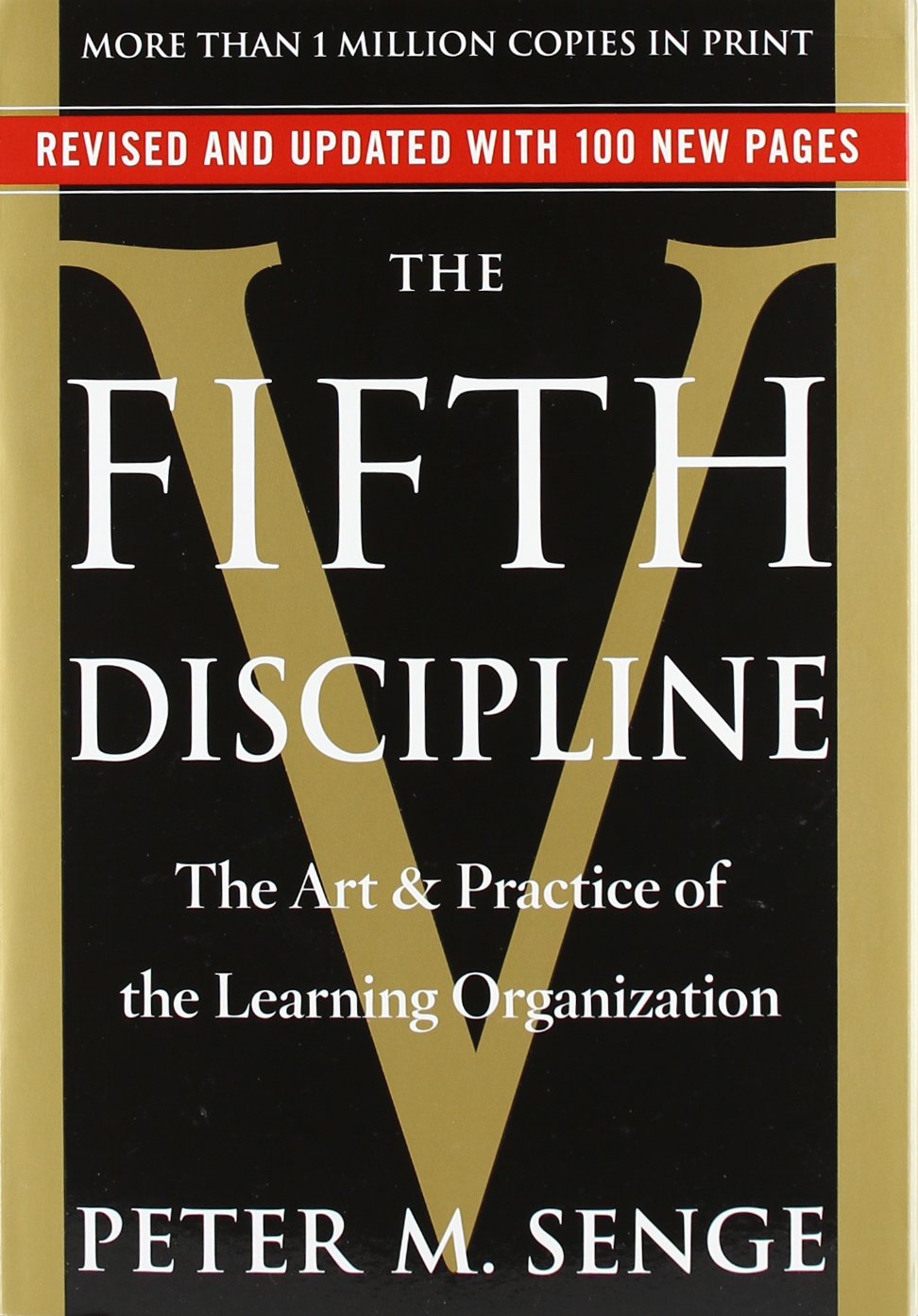
Why you decided to chose this resource.
I have already listened to this summary earlier on when developing the company’s practices. This book is the reason why we have a) practice areas b) a responsibility area just for Research & Development , c) human capital development process in Leadership & Management, d) the continuous focusing of our shared vision, e) the “Systems” skill area in Internet Architecture, and f) the development of the Pheonix.
What did you learn from it?
Today’s organizations need to be learning organizations if they wish to be relevant in the new age of information, technology, and the inter-connected modern enterprise. A learning organization is a leading organization. Either we are moving forward with our company’s learning or we are moving backward. Anything else that anyone else says is a lie. We need to nurture everyone in the company to be masters of their art or craft in our firm. That is the only way to create a place where we can grow.
Key Knowledge : The Fifth Principle (from Wikipedia)
- “Personal mastery is a discipline of continually clarifying and deepening our personal vision, of focusing our energies, of developing patience, and of seeing reality objectively.”
- “Mental models are deeply ingrained assumptions, generalizations, or even pictures of images that influence how we understand the world and how we take action.”
- “Building shared vision – a practice of unearthing shared pictures of the future that foster genuine commitment and enrollment rather than compliance.”
- “Team learning starts with dialogue, the capacity of members of a team to suspend assumptions and enter into genuine thinking together.”
- “Systems thinking – The Fifth Discipline that integrates the other four.”
How are you using what you learned?
As I mentioned earlier, this book has helped shape this company and myself. I have a personal mastery plan and have made “Mastery” one of three equals in the company’s continuous priorities next to “Client” and “Anant.” We are already doing the co-working sessions and practice area calls to build teams and encourage team learning.
Key Changes
- Personal mastery – encouraging everyone to create a Phoenix Member Plan for themselves for the next year
- Mental models – learning to visualize who we are as a company in diagrams (both structures and processes) so that we can see where our work ends up in results
- Building shared vision – creating Phoenix Organization and Team Plans that are aligned with the company vision
- Team learning – continuing co-working sessions, but also creating knowledge gather and creation processes that involve several team members
- Systems thinking – learning more about individuals, business, markets, industries, and governments, and the world to know where we fit and how we can catalyze lasting change
How can we as a company or individuals in the company use this?
- Each team member is expected to become a master at something that fulfills the Client, our company, and themselves.
- Continuously think about how we think about problems and how we can evolve to think of things differently for better problem solving
- Continuously reinforce , clarify the shared vision and related plans so that everyone is on the same page
- Encourage knowledge gathering, seeking in the company and individually
- Visualize our firm as part of the world system as a positive force for good
Sources

